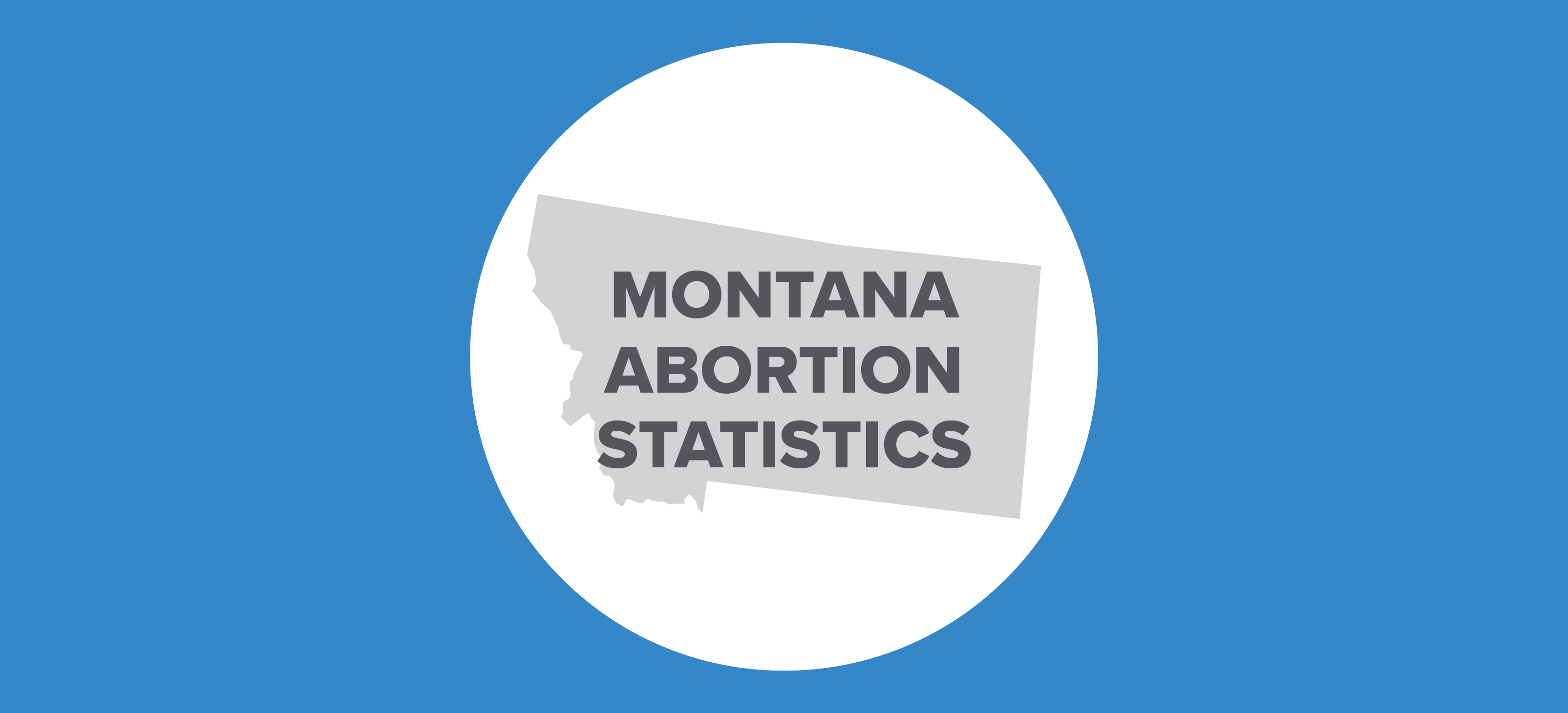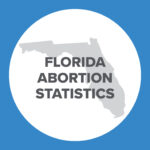Abortion Reporting: Montana (2017)

Montana’s vital statistics report for 2017 shows that abortions are continuing to trend downward. Montana has been tracking abortions in the state since 1974.
Changes in Montana Abortions, 2016-2017

Abortion Totals and Trends
There were 1,561 abortions reported in Montana in 2017, down four percent from 1,618 the previous year (Fig. 1). Abortions have increased by just under two percent compared to 1975, the first full year after Montana’s Abortion Control Act was implemented. However, abortions have dropped by 63 percent from 1982, the year the most abortions were reported in Montana. In 2017, 58 percent of the abortions in Montana were chemically induced. Chemical abortions have increased by nine percent from 2016. Although Montana does not report the state abortion rate, the Charlotte Lozier Institute calculates the rate as 8.2 abortions per 1,000 women of childbearing age, which is a slight drop from 2016 (Fig. 2).
State Report Summary
Ninety-one percent of the abortions reported in Montana were on state residents. Over half of the abortions, 58 percent, were performed on women in their twenties, while a quarter were performed on women in their thirties. Twelve percent were on teenagers ages 15 to 19, and four percent were performed on women age 40 or older. The numbers of abortions performed on girls under the age of 15 and on women of unknown ages were smaller than five and were not reported in accordance with Montana’s data suppression guidelines, which suppress small numbers in order to protect the privacy of potentially identifiable individuals.
A high majority of the abortions reported in Montana were performed on white women (88 percent). Nine percent were performed on American Indian or Alaska Native women and three percent on women of a different race. More than a third of the women (35 percent) reported no prior abortions. Forty-four percent had one prior abortion, and 20 percent had two or more. Forty-eight percent had no previous live births, while 22 percent had one prior live birth and 29 percent had more than one.
Two-thirds of the abortions performed in Montana occurred at eight weeks of gestation or earlier. Twenty-four percent occurred between nine and 13 weeks, three percent between 14 and 15 weeks, and two percent between 16 and 17 weeks of gestation. Another two percent were performed between 18 and 20 weeks, and almost one percent (13 abortions) were performed at 21 weeks or later. Abortion in Montana is prohibited after viability unless the mother’s life is at risk or the pregnancy endangers a major bodily function. Fifty-eight percent of the abortions were chemical, and 42 percent were performed using suction curettage.
Protecting Life in Montana
Recently, Montana’s legislature has advanced bills that would protect life in the state. The Montana legislature has sent the Born Alive Infants Protection Act, which would expand protections for children who are born alive during botched abortions, to the governor’s desk. While the number of children who survive abortions in Montana is unknown, other states that report this information – such as Florida – demonstrate that babies do in fact survive abortions and require protection. Similarly, the Montana legislature has passed the Pain-Capable Unborn Child Protection Act, which would limit abortion at 20 weeks postfertilization (22 weeks of gestation), when unborn babies can feel pain. However, Montana Governor Steve Bullock has taken a pro-abortion stance and vetoed the Pain-Capable Unborn Child Protection Act during a previous session.
State Ranking
In 2016, the Charlotte Lozier Institute conducted a study of abortion reporting across the nation. Montana was ranked at 23rd place for the quality of its reports. While Montana has made progress in improving its abortion reporting, the state could include information on the marital status and level of education of women who get abortions, data it already collects but does not publish. Montana could also report information on the facilities where abortions are performed and whether any babies survive. Already Montana collects data on born alive infants, asking doctors whether any vital signs were noted after an abortion and, if the baby died after being born alive, the cause of the infant’s death. However, currently Montana does not incorporate this information into its public abortion reports. Additionally, because Montana Medicaid pays for abortions under a state constitutional ruling dating to 1995, Montana’s abortion reports could be improved to include funding sources for abortions in the state.


- Chemical abortion totals were taken from Table A-3 of the 2017 abortion report. Chemical abortion totals were revised slightly from previous reports.
- Montana does not report the state abortion rate. Rates were calculated by the Charlotte Lozier Institute using population estimates from the United States Census Bureau. The rates were calculated using the following formula: (total number of abortions performed in Montana ÷ number of resident women ages 15-44) x 1,000.

























